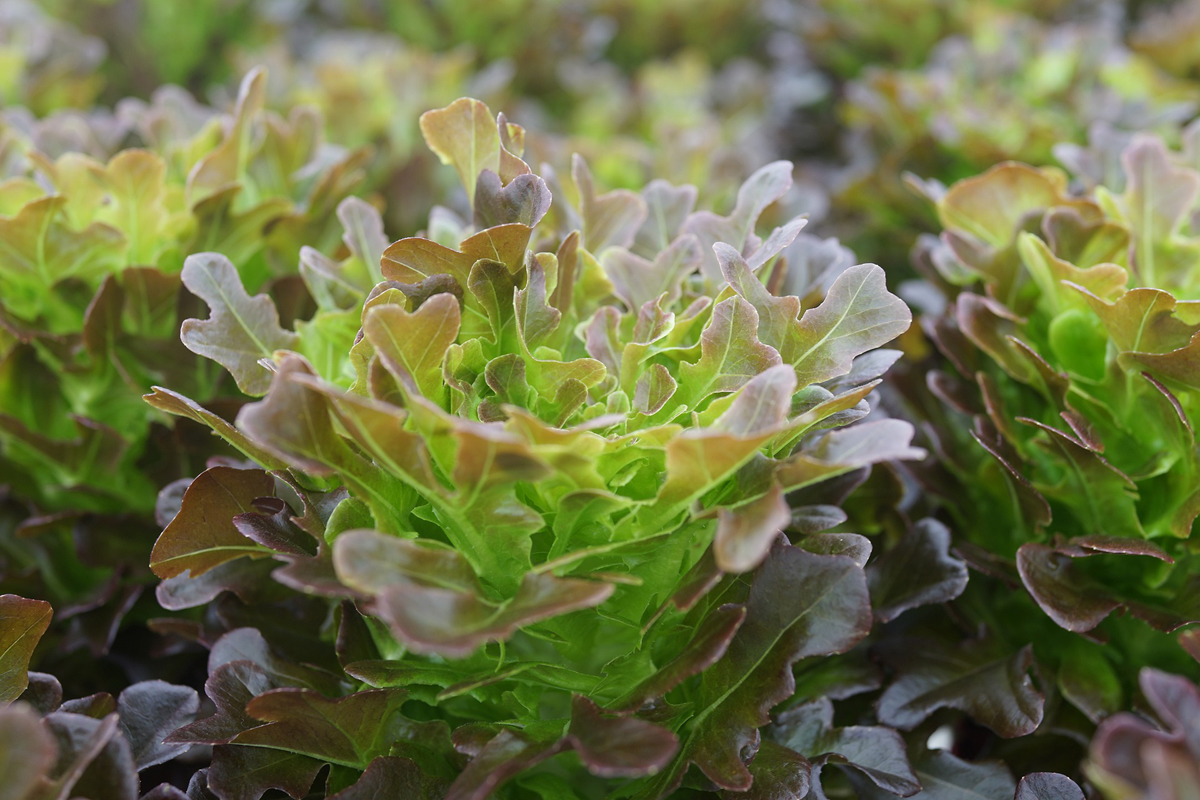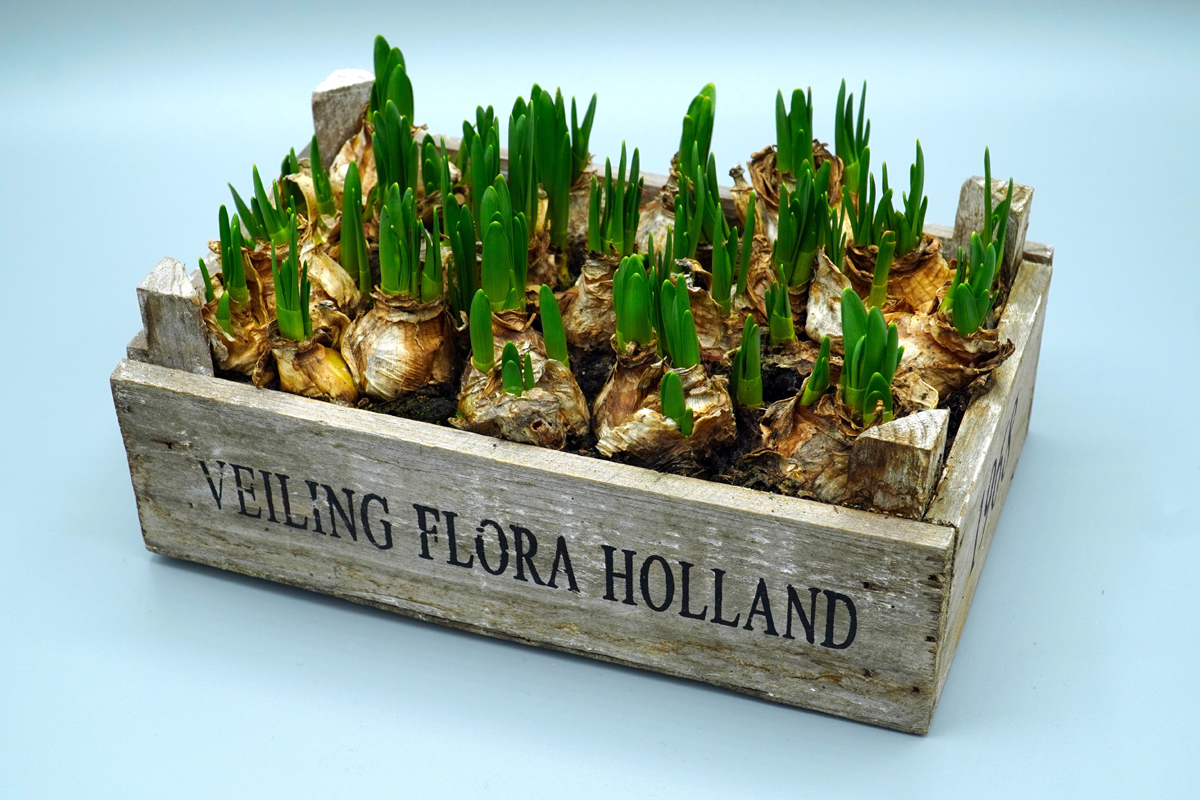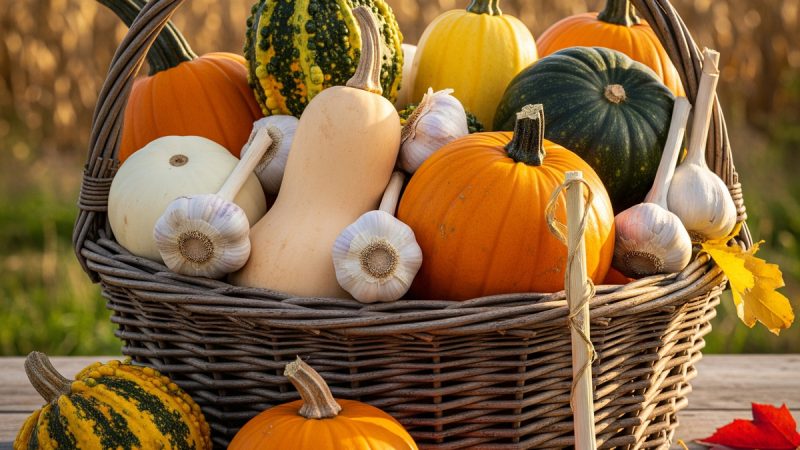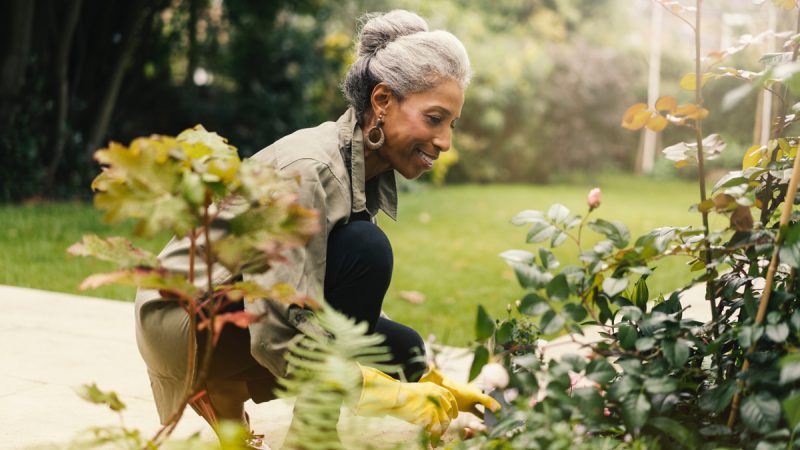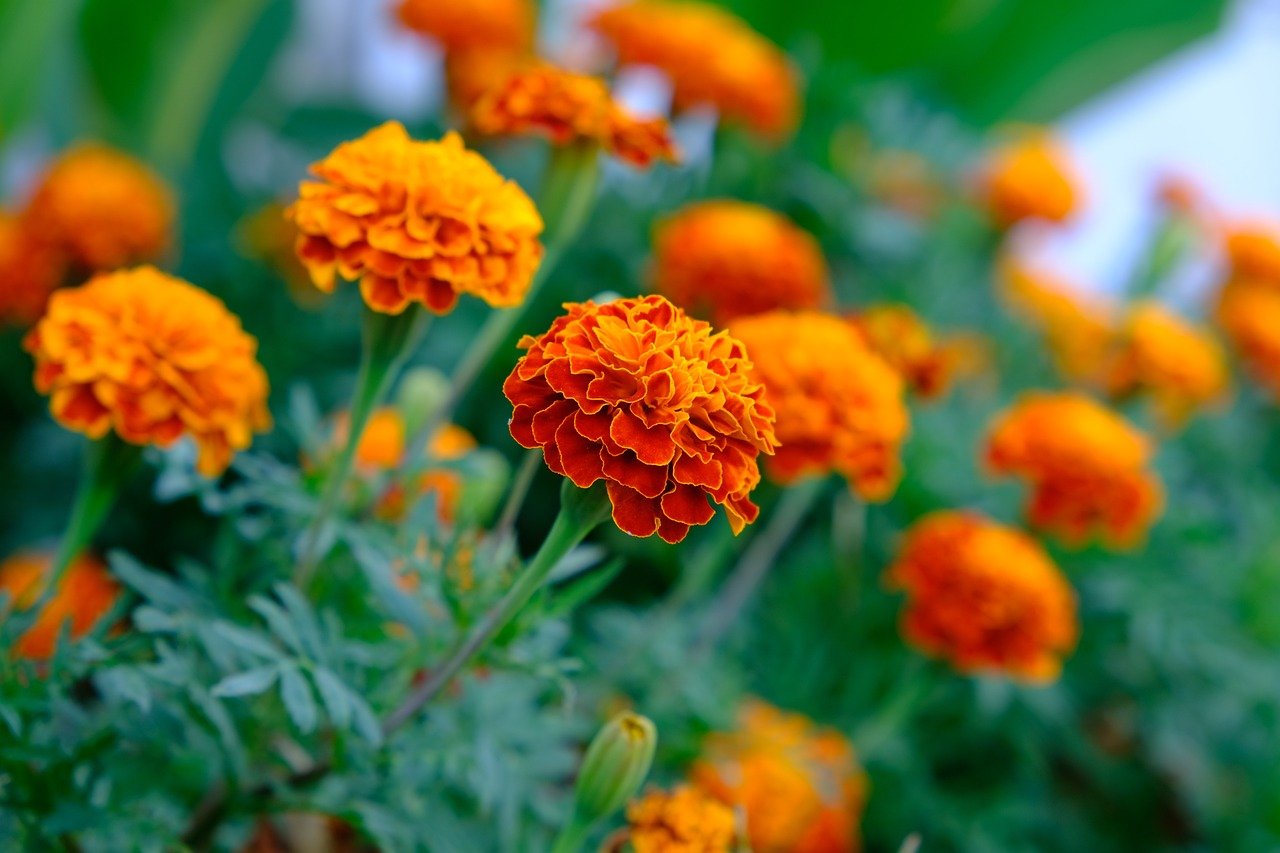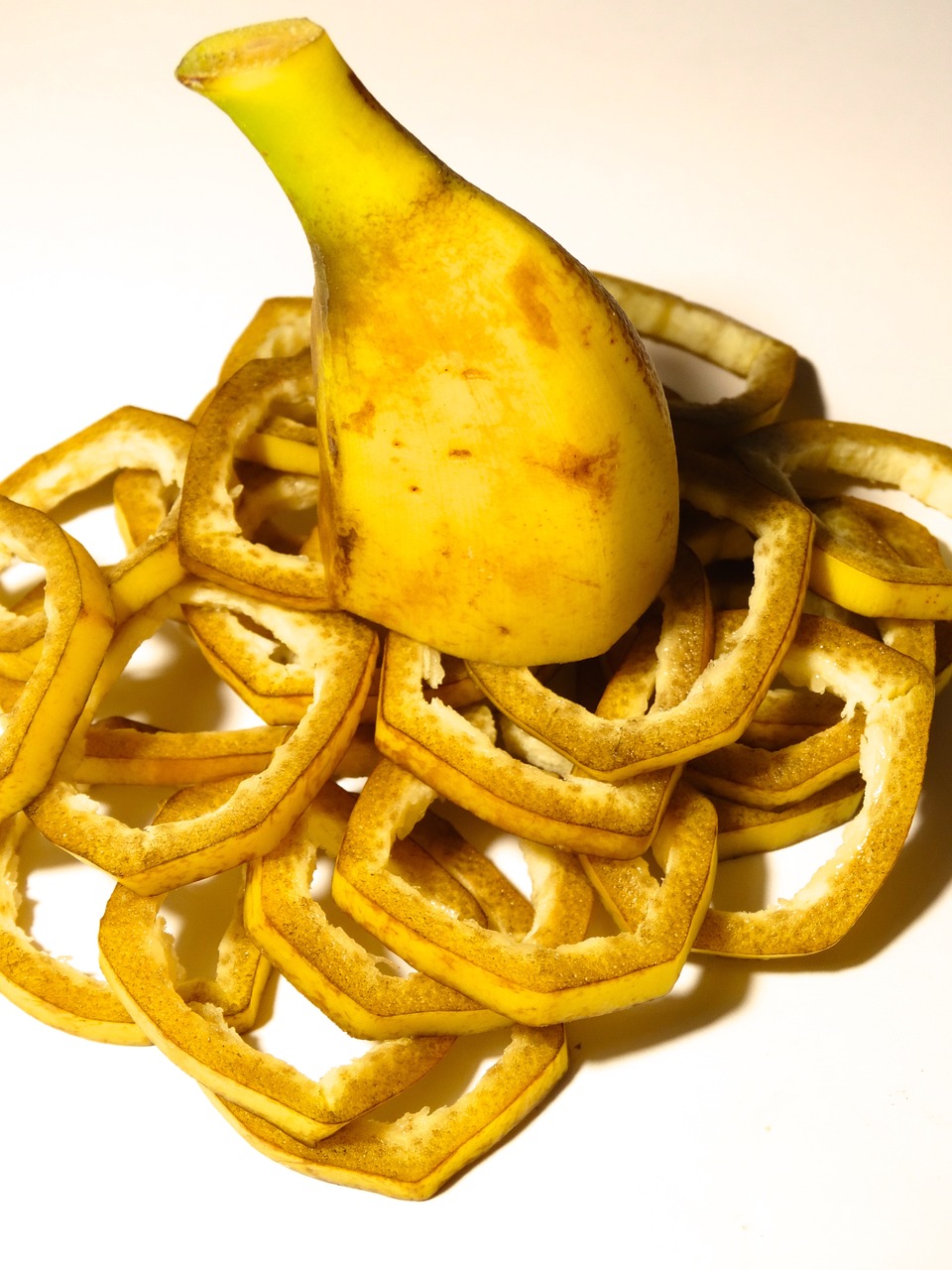How to Make Your Own Rooting Hormone

When starting a new plant from a leaf or stem cutting, the cutting will be more likely to form roots and create a new plant if a rooting hormone is used.
While commercial rooting hormone can be used there are organic homemade versions that work as well.
To make rooting hormone soak the yellow-tipped shoots of a weeping willow tree in water. A tea made from the bark of a willow tree is also effective. When using the shoots or bark soak them for 24 hours prior to using.
Some people have found that using honey makes an effective rooting hormone as well.
Leaf Cuttings:
Any plant with leaves such as African Violet, Geranium etc. can be propagated with leaf cuttings. Using a sharp knife cut off a healthy leaf at the point where it joins the stem. Insert the cut part, called a petiole, into the rooting hormone. Place the end into a small container of light potting soil in which you have made a small hole with a pencil.
Making a hole prior to planting assures that the rooting hormone will not be brushed off the cutting when you plant it. Perlite, Vermiculite, and/or water-soaked Sphagnum moss can be added to potting soil to make the soil light. Make sure the leaf is leaning slightly so that the new plants will have plenty of light and not be shaded by the leaf.
Stem Cuttings:
These are treated just like leaf cuttings except you cut off a stem with several leaves instead of just one leaf. Remove the bottom leaves, leaving a few at the top. Proceed as with the leaf cutting.
In both instances cover the pot with a plastic bag or inverted glass jar. This will keep moisture from evaporating and keep the cutting from wilting. Keep in a warm location with diffused light but out of direct sunlight. When there is indications of growth after about 3 to 6 weeks, transplant the new emerging plant into a new pot of potting soil. Continue to keep a humid environment for about 2 more weeks until active growth begins.
The Author:
Marilyn Pokorney Freelance writer of science, nature, animals and the environment. Also loves crafts, gardening, and reading.
Photo. Gemini
Source: Isnare.com

